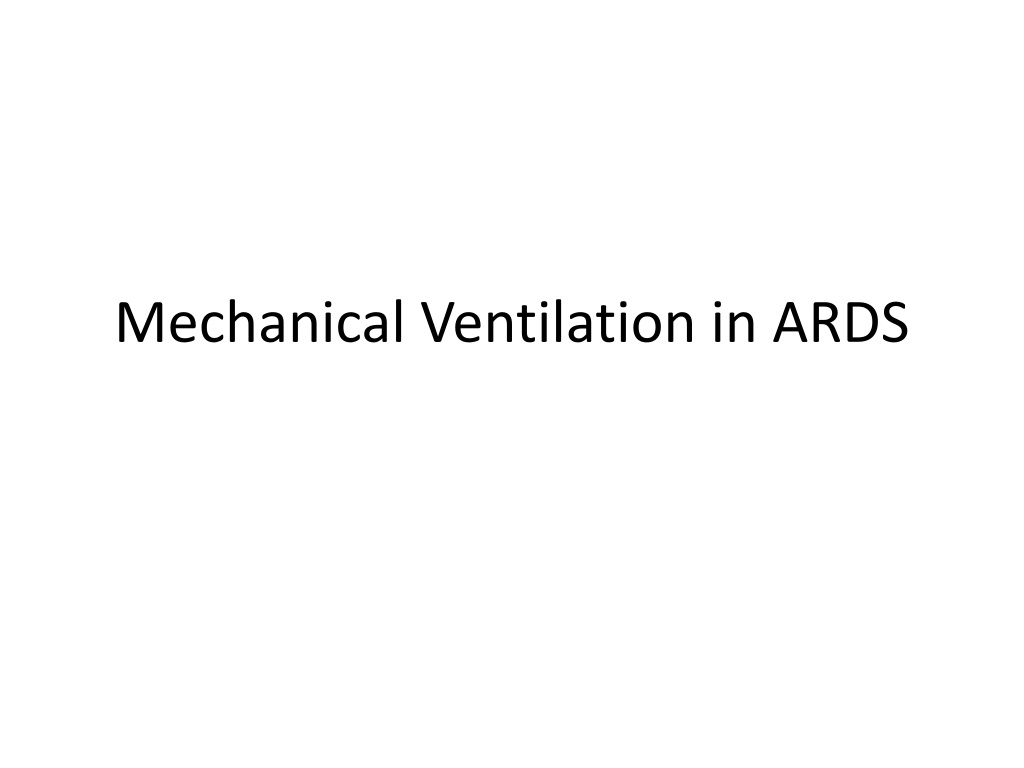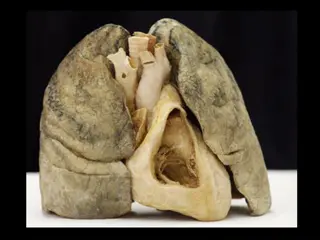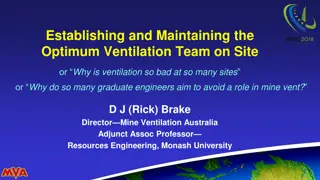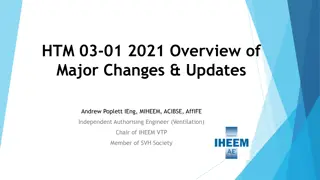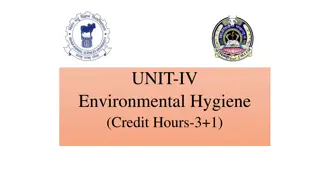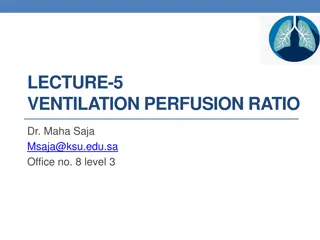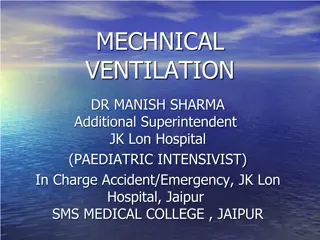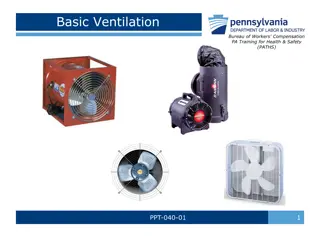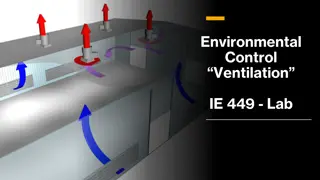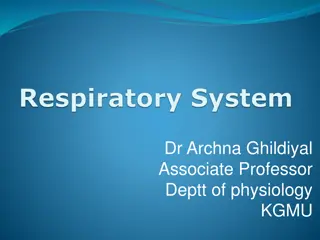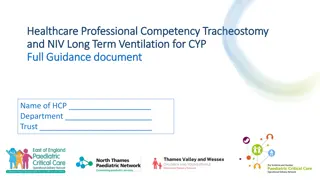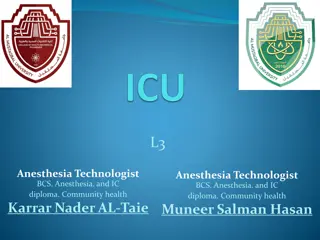Mechanical Ventilation in ARDS
This template provides guidelines for creating a project presentation. It includes sections for project overview, committee history, site conditions, site plan, and tree impact summary. Use the provided space and images to showcase relevant project information. Refer to the notes for content development suggestions. Tags: Presentation, Guideline, Project, Overview, Committee.
Download Presentation

Please find below an Image/Link to download the presentation.
The content on the website is provided AS IS for your information and personal use only. It may not be sold, licensed, or shared on other websites without obtaining consent from the author.If you encounter any issues during the download, it is possible that the publisher has removed the file from their server.
You are allowed to download the files provided on this website for personal or commercial use, subject to the condition that they are used lawfully. All files are the property of their respective owners.
The content on the website is provided AS IS for your information and personal use only. It may not be sold, licensed, or shared on other websites without obtaining consent from the author.
E N D
Presentation Transcript
Acute Respiratory Distress Syndrome Acute onset (<7 days) Bilateral opacities not fully explained by heart failure. Mild ARDS: P/F 201-300 Moderate ARDS: P/F 100-200 Severity PaO2/FiO2 Ratio 200-300 100-200 <100 Mortality Mild 27% 32% 45% Severe ARDS: P/F <100 Moderate Severe Berlin Definition - 2012
Physiology Insult or Injury directly to lungs or result of systemic inflammation Microcirculation is damaged Increase permeability leading to increase edema Alveolar filling leads to stiff lung, shunting of blood, and increased dead space Increased work of breathing
ARDS Etiologies Common Sepsis Pneumonia viral & bacterial Aspiration Trauma Less Common Drowning Pancreatitis Transfusions (TRALI) Emboli Fat or Air Cardiopulmonary Bypass Burns/Inhalational injury Diffuse Alveolar Hemorrhage Acute drug toxicity - Amio
ARDSnet Protocol AKA lung protective ventilation or low tidal volume ventilation Goal is to reduce injury from barotrauma and atelectrauma O2 Sats of 87% are acceptable Permissive hypercapnia Sedation is usually an issue
Probability of Survival and of Being Discharged Home and Breathing without Assistance during the First 180 Days after Randomization in Patients with Acute Lung Injury and the Acute Respiratory Distress Syndrome The Acute Respiratory Distress Syndrome Network, N Engl J Med 2000;342:1301-1308
Potential Interventions for Severe ARDS Ventilator-related: Higher PEEP strategies Recruitment maneuvers Non-ventilator related: Proning Paralysis iNO/Flolan ECMO
Prone positioning Better matching of ventilation and perfusion Opening of dependent collapsed lung segments Improves oxygenation in about 70% of patients Does it improve outcomes?
RCT Prone vs Supine Ventilation Guerin, JAMA, 2004 Gattinoni et al, NEJM 2001
ARDS for 12 24 hrs Prone position for at least 16 hrs ARDSnet protocol ventilation in all groups Manual proning Outcome was mortality at 28 days
What about Paralysis Allows better ventilation by taking the patient s efforts out of the equation Decreased oxygen uptake in skeletal muscle Requires deep sedation Increases risk of critical care induced neuropathy (??)
Paralytics Bottom line Probably help some patients Not ready to be used for all patients Still does not take the place of low lung volume ventilation Outstanding issues Duration of NMBA Type of agent to use Mechanism
